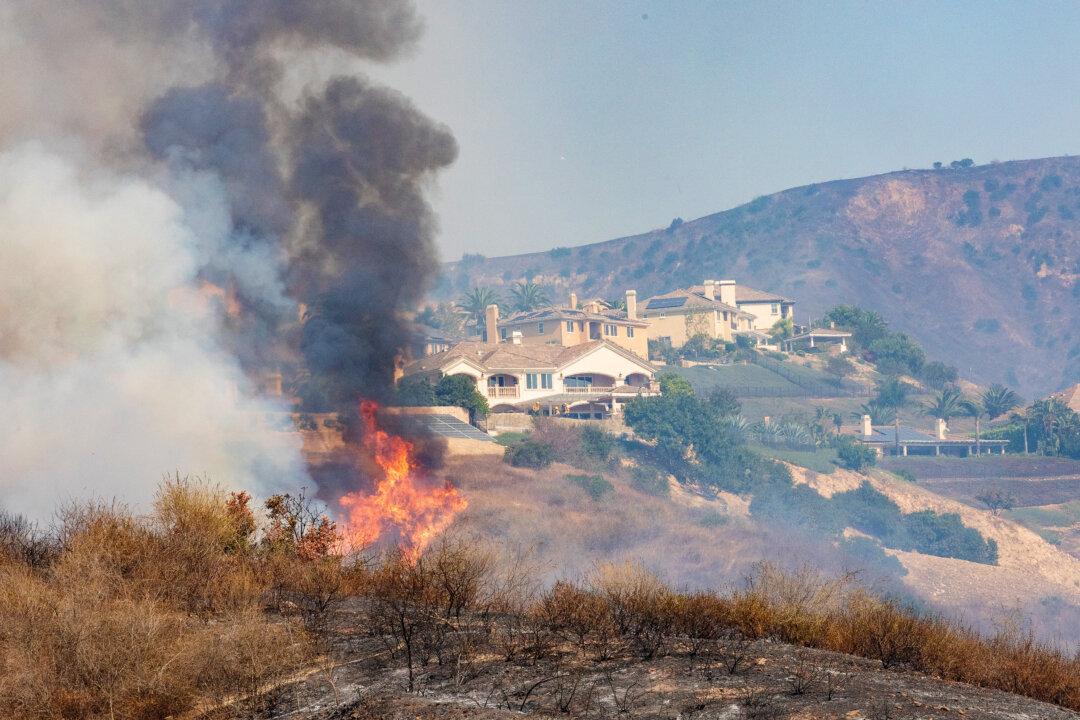Amid rising costs and state regulators saying insurers cannot raise their rates, an increasing number of large providers have paused writing new policies, saying doing business in California has become too expensive.
According to a report from September by Insurance Information Institute—a New York-based organization that provides information on insurance to the consumer—insurers in California failed to collect more from their policyholders’ premiums than what they paid in claims between 2013 and 2022, with $1.08 spent for every $1 received.





